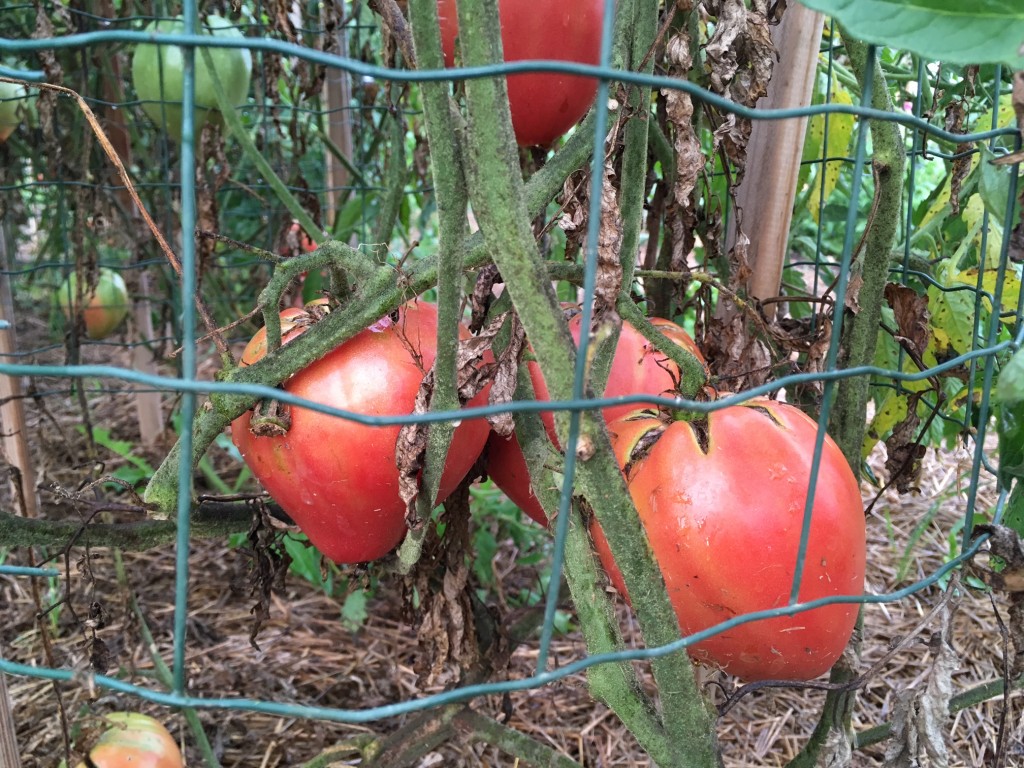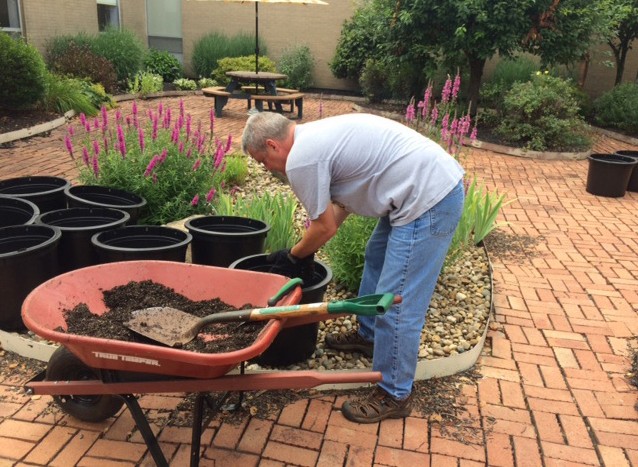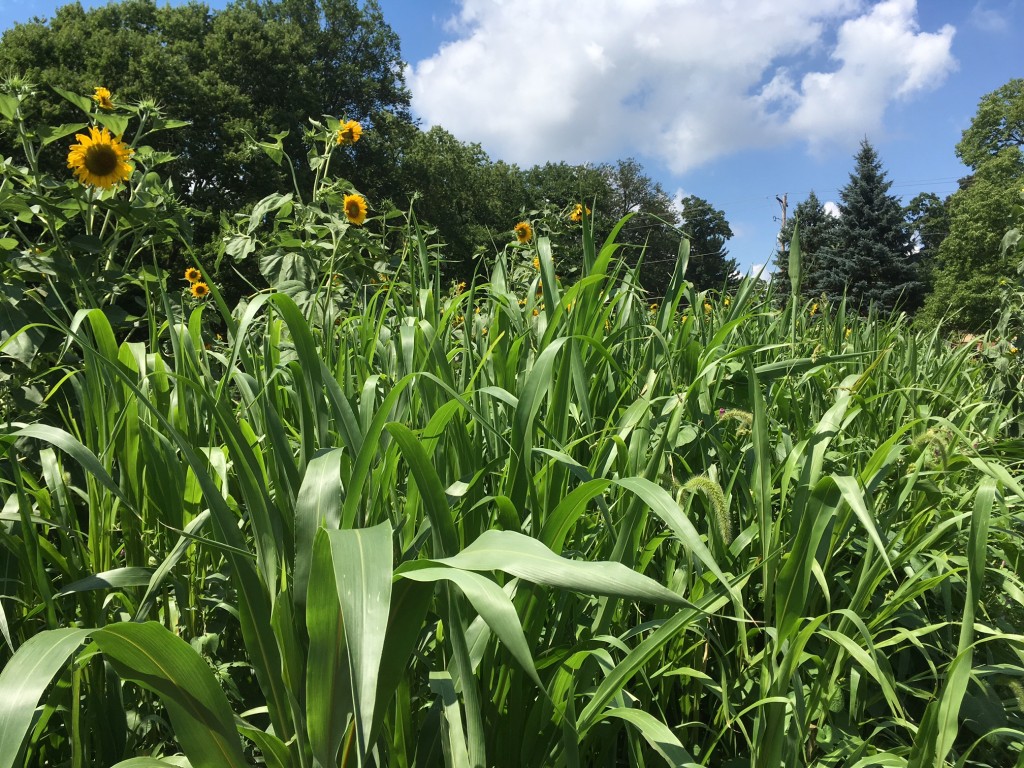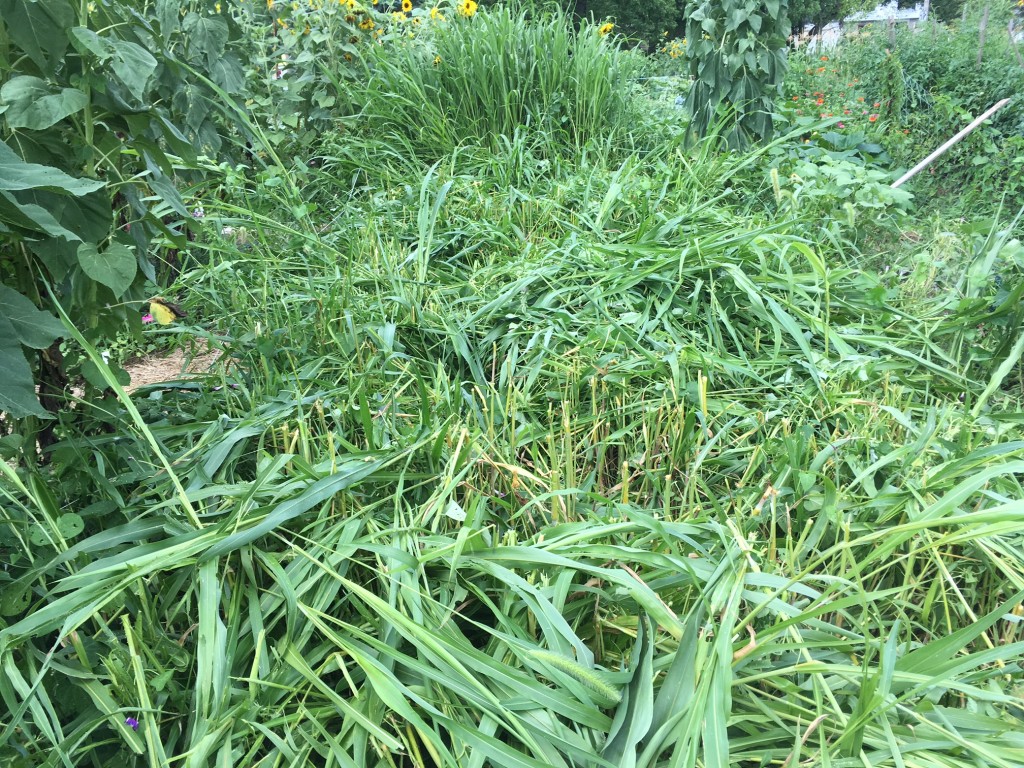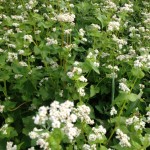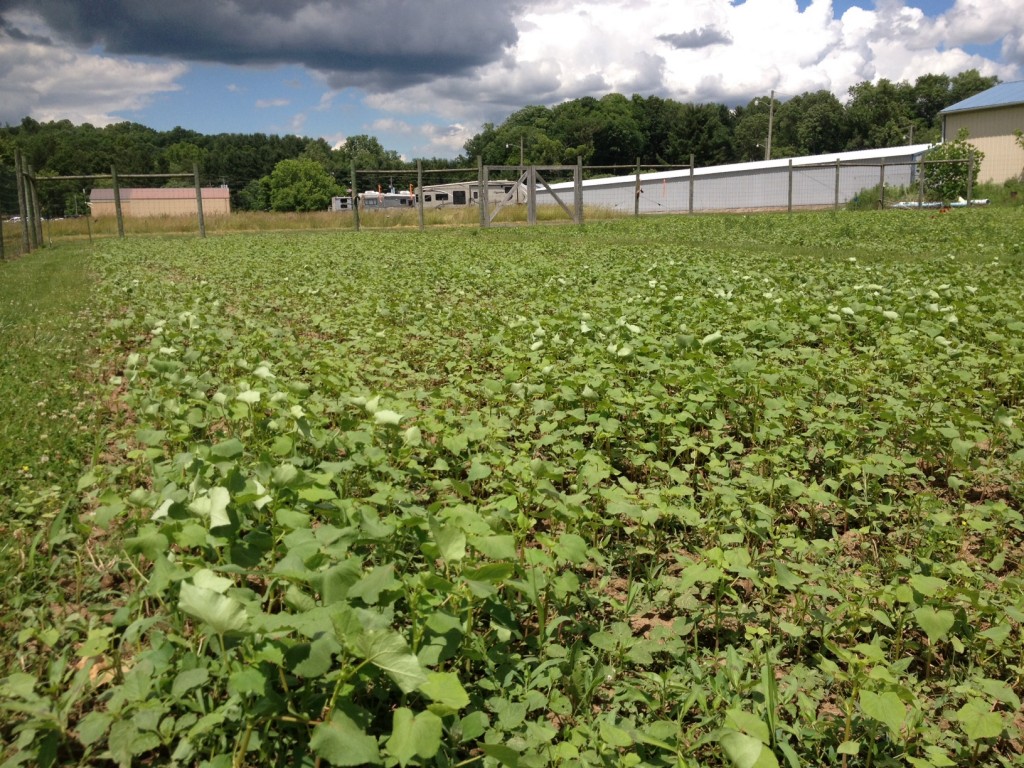Depending on where you garden, you may have had rain or not. In my garden we are still dry and under by inches. So I irrigate. Remember gang, bottom water only, do not spray your plants from above with the hose, you will slowly kill them that way.
Harvest of spring veggies is heavily under way, hopefully your garden is producing. If not, shoot me an email, I will get you rolling on that.
-

-
Broccoli shoots
-

-
Cauliflower
-

-
Sugar Snaps
Left: Broccoli side shoots producing after main head, keep it watered and monitor pests and you will get a secondary harvest
Middle: Cauliflower does OK in my garden but the heat causes some darker color, still tastes OK , but might not be replanted next year
Right: Sugar Snaps are in main harvest time, the recent storm plus the weight of the peas made it topple over a bit, not a problem

Snow peas
Sugar Snaps were a hybrid off Snow Peas. I still get the occasional wild-type in the planting which I like. I use them for salad or slaw.
Integrated Pest Management:
Monitoring you crops lets you get ahead of problems and treat while it is management. Some times you need to treat, sometimes not. It is an approach where you mix in many different methods of treatment and control to get a greater success than with single methods. Using mulch is an important organic process to control and prevent disease. Using Sevin dust has been my only method of dealing with certain pests like Stink bugs and Cucumber beetles.
-

-
Eggplant
-

-
Bush Beans
-

-
Squash
Left: Eggplant with flea beetle damage. I did not treat early enough. I cannot treat now due to flowering as that will kill the pollinators. I am nor worried, the plants are mature enough to handle the damage
Middle: Some beetle damage is evident, but again, the flowers are out so I cannot treat. Beside, I might hurt that hard working Lady who is helping me out.
Right: I treated about a week before this pic. Had some Cucumber Beetle damage to the emergent seedlings, but no flowers were out and to I used Sevin dust. The new growth reflects the success of treatment. I could still treat at this stage if we get rain, to keep them protected, as I do not have any flowering.
One interesting thing that I have noted over time and now use in my IPM protocol is trap crops. A trap crop is one that certain pest prefer instead of your veggies and so they eat that and leave more desirable stuff alone. I do not have Japanese beetles in my veggies, I do have them in my garden. They eat the weeds in the Polygonum family. Some in that family are Pennsylvania Smartweed and Lady’s Thumb. I do not know why they like it, but they do, and they will absolutely devour it, leaving my stuff alone. Buckwheat is in that family, it probably tastes good to them. Here is a pic from my garden, the beetles have not arrived yet.
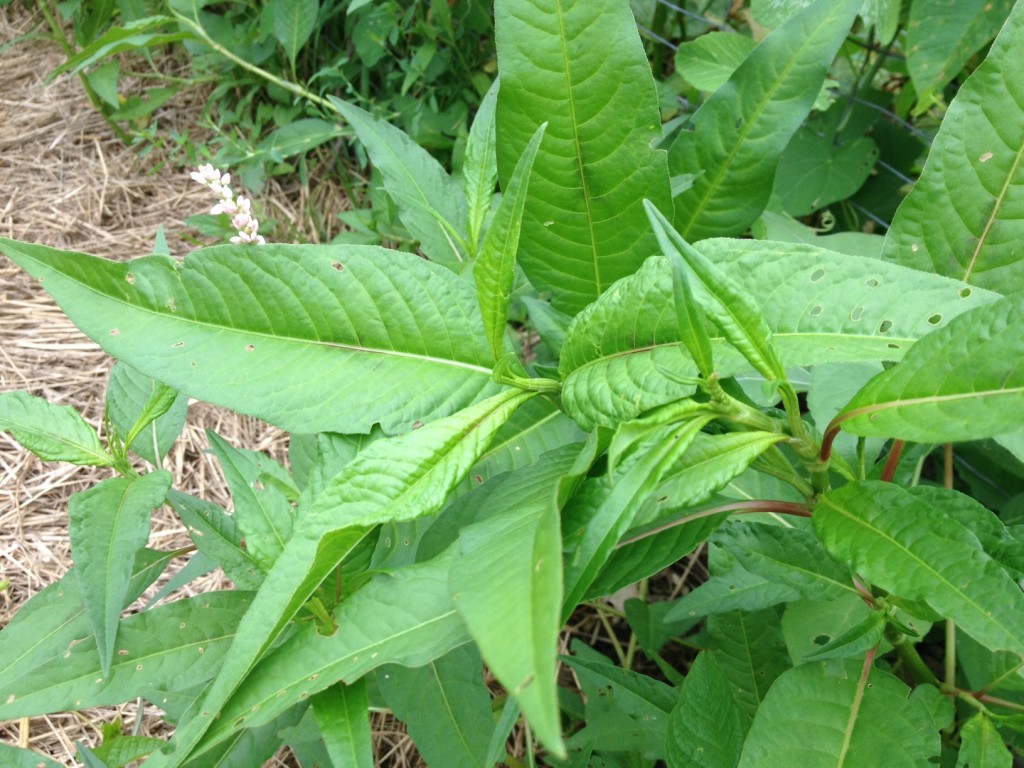
Harvest Update:
-

-
Spinach bolting
-

-
Onion
-
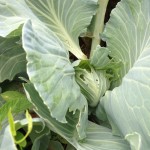
-
Cabbage
Left: Spinach and lettuce harvest is over for me right now, they are sending up seed heads and taste bitter
Middle: My onions are heading up nicely. Keep them watered(not too much) and use as needed until the tops die off
Right: I am not getting heading on my cabbage, a weather problem. Bummer. I do not see a good harvest this year. Hot and dry.

BMR vs the weeds
My cover crops are growing nicely(could use more water). They are now in an epic Superman v. Batman smackdown with Morning Glory to see who can emerge victorious.

3.5# of Sugar Snaps
I need to put up some veggies as my fridge is full. I harvested almost 3 1/2 pounds of Sugar Snaps yesterday morning after a harvest three days prior. Each veggie has its way to best be stored. Peas like blanched and frozen.
I will be doing a class on July 12th at 7pm at the Youth Center on Introduction to Harvest and Storage. Save the Date!!

